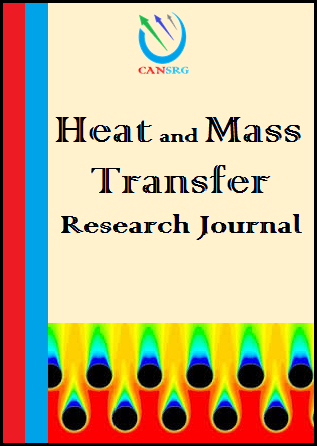
CanSRG

Heat and Mass Transfer Research Journal (HMTRJ)
Research Article
An Empirical Correlation for the Void Fraction at Critical Heat Flux Close to the Wall for Subcooled Flow Boiling of a Low Boiling Refrigerant
Lehrstuhl fur Thermodynamik, Technische Universitat Munchen, Garching, Germany
Submitted: June 15, 2018; Accepted: August 17, 2018
Abstract
The occurrence of critical heat flux is still one of the most relevant phenomena in the research of boiling heat transfer. Despite a multitude of available models, the true mechanism leading to the departure from nucleate to film boiling remains to be fully understood. Because of its high technical relevance, there exist many tools to predict critical heat flux. Although these tools may provide sufficient accuracy for a limited number of technical applications, their universal applicability is still limited. In the case of one of the most current boiling models in computational fluid dynamics, this could be partly attributed to an unphysical switch mechanism marking the departure from nucleate boiling based on a constant value of the local void fraction at the wall. In this study, void fraction in the immediate vicinity of a copper heater was measured in a flow boiling test rig using a refrigerant with a low boiling point for a wide range of operating parameters. It was observed that void fraction is largely influenced by inlet subcooling, even at very small distances away from the heated surface and that it is far from constant. Based on these measurements, a new correlation for the void fraction close to the wall at critical heat flux was developed to improve the current predictive capabilities until a unifying model for the prediction of critical heat flux is developed. The new correlation shows good agreement with the measured void fractions close to the wall at critical heat flux.
Keywords
void fraction; refrigerant; boiling; heat transfer.
Downlaod Full Text >>
This work is licensed under a Creative Commons Attribution 4.0 International License.